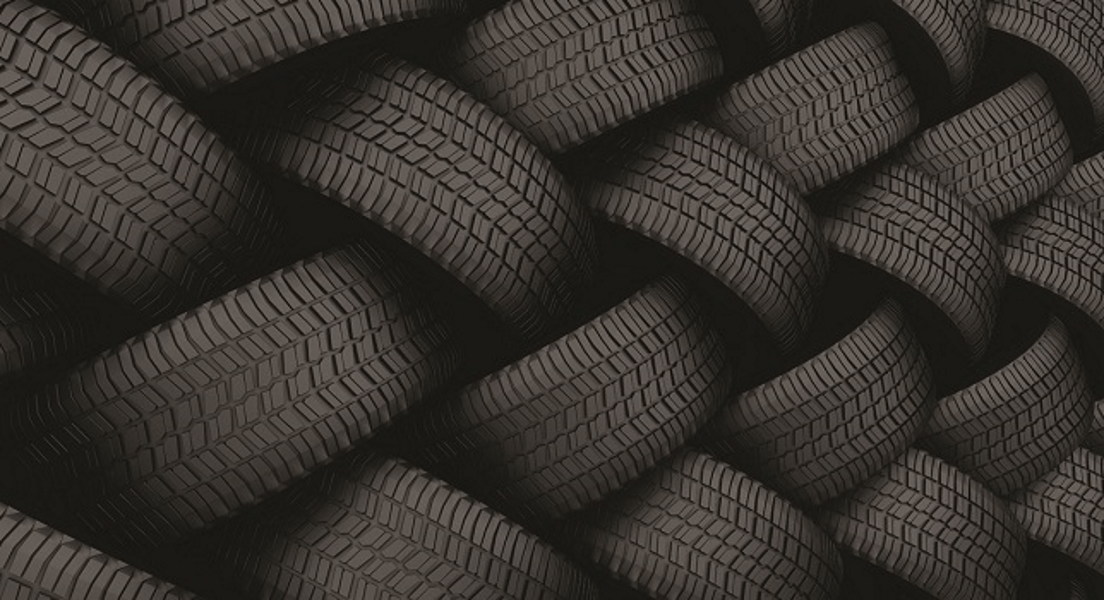Market Report
The Future of Tire Raw Materials to 2021

This increase will continue despite the predicted slowing of the world economy and fluctuations in material prices according to the report The Future of Tire Raw Materials to 2021.
In 2014, the tire industry consumed almost 40 million tons of materials. Purchasing these materials accounts for about 30% of a tire company’s sales, and Smithers estimates the materials input at $70 billion (€65 billion) globally for 2014.
Tires are complex products requiring a large number of individual materials – estimated at well over 100. These materials are well established and demand for them moves closely in line with tire output. Growth in the total tire materials market depends on the number of vehicles sold, the number of tires sold and the number of miles driven, which itself is dependent on fuel prices and economic activity. Other key factors influencing tire materials volume include the size and weight of tires being sold (which is dependent on the type and size of vehicles being sold) and the amount of recycling and retreading being done in the market.
Key materials purchased by the tire industry are listed in the following table. Of the 2014 estimated value of the tire raw materials market at around $70 billion, about $18 billion can be attributed to natural rubber; another $18 billion to synthetic rubber (SR); $9 billion to all fillers (carbon black and all precipitated silica types); $7 billion to steel cords; $4.5 billion to textile cords; $8.5 billion to tire chemicals; and $5 billion to the remaining materials.
The next few years will be challenging ones for tire materials suppliers due to several developing trends that Smithers details in its Future of Tire Materials to 2021 report. These are:
Until recently, the growth in the tire market has been slightly above world GDP, fuelled by rising populations and market growth in BRIC economies – Brazil, Russia, India, and China.
This link is expected to continue, but world GDP will grow at a slower rate. Due to slower-than-expected expansion in the Chinese and South Asian markets, estimates of tire industry growth are being significantly scaled back. As a result, new capacity coming on stream will take longer to reach economic utilisation levels and investment plans may be delayed, especially with OEM and premium tires.
Population growth and the attendant demand for personal transportation –and hence tires – in emerging markets will be negatively affected, but not eliminated.
Tire makers are looking to achieve significant savings in materials input costs. The choice of rubber – especially natural rubber (NR) versus synthetic rubber (SR), such as stirene butadiene rubber (SBR) – is one area that is being examined in detail in Smithers report.
Historically, NR has been more expensive than SR, making SBR more prevalent in blends used for passenger car tires. If the present low relative price of NR continues, it can be expected that a move in favour of NR and a related reduction in the use of SR and SBR will be seen. This in turn will slow the implementation of related low rolling resistance technologies. Low oil prices are starting to feed through to SBR prices, narrowing of the difference in price between NR and SBR.
Changes in tire composition, including the move toward lighter weight tires, using more sustainable ingredients and reclaiming materials for production from end-of-life tires, are reducing materials demand.
Consumers in the replacement tire market continue to focus more on initial cost of a tire, rather than its other attributes that could save them money in the long run. This trend will limit how much progress advanced technologies, such as low rolling resistance, can make in the replacement market.
At the same time, emissions and labelling regulations are expected to favour the use of low rolling resistance technologies and materials including highly dispersing (HD) silicas/silanes and SSBR and BR elastomers. As tire labelling expands to different regions, it is expected to cover noise emissions (the EU label already does), which will influence materials choices.
The largest uncertainty is over regulation of durability, which is not covered by the current EU label. If at some point it is added, it will have an impact on materials consumption.
Another significant trend that will affect use of tire materials from 2014-2021 is the current low world fuel price. If maintained, low prices will increase miles driven and create greater demand for replacement tires. At the same time, the trend will reduce consumer interest in fuel economy and undermine any incentive for them to adopt tires with low rolling resistance.
The topics explored in this article are analysed in depth, along with comprehensive market data in the full Smithers report The Future of Tire Raw Materials to 2021.